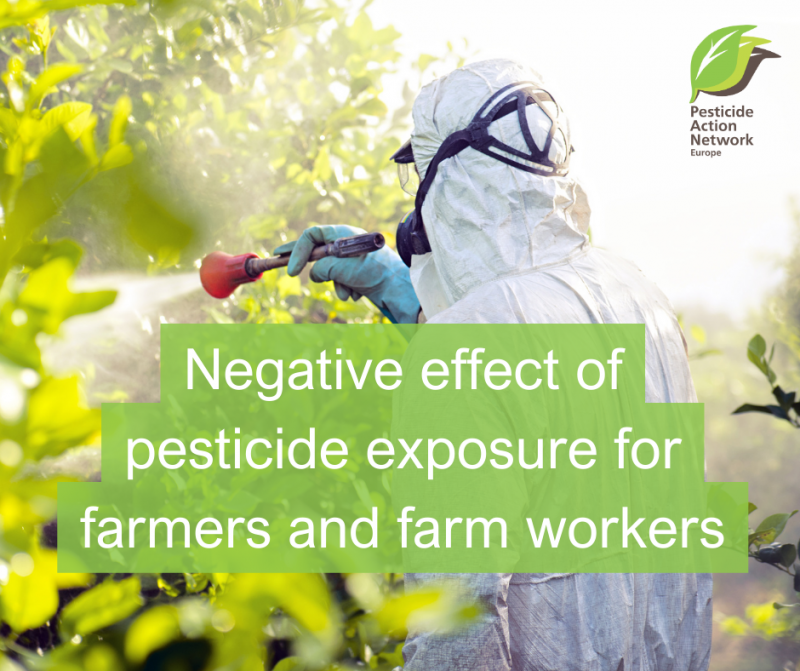From tank preparation to pesticide mixing and spraying, farmers’ work can expose them to high volumes of chemicals. This working environment threatens their health. Pesticides can lead to cancer or neurological diseases like Parkinson’s. One of the solutions promoted to reduce exposure is personal protective equipment, but its efficiency is now subject to heated debate in the scientific community. In some cases, the equipment might make things worse.
In a webinar organized by PAN Europe « The impact of pesticides on farmworkers and rural communities», french ergonomics researcher and professor Fabienne Goutille and Alain Garrigou presented their work to highlight that protective equipment fails to reduce chemical risks in agriculture.
Published by an international multidisciplinary team, the scientific paper critically examines the role of protection measures. Several reports have shown there is a high likelihood that pesticides contribute to the emergence of neurological illnesses and cancers including Parkinson’s disease, prostate cancer, and malignant non-Hodgkin lymphoma including multiple myeloma.
Farmers wearing protective equipment can be more contaminated
Protective equipment is central in the marketing approval procedure for pesticides. Authorities tolerate a higher level of contamination with a chemical if it is used with protection. To measure the effects calculation models are used. These can be misleading if only used in ideal and controlled conditions. Exposure with protective equipment can be underestimated if it is not tested with farmers in real working conditions, taking their own decisions.
By comparing different figures we learn about the large overlap in the distribution of contamination values for people wearing protective clothing and those who did not. Farmers wearing protective clothing could even get more contaminated.
For a better understanding of pesticide contamination with personal protective equipment, several phases of the spraying process have to be examined. While preparing pesticides, farmers wearing a suit can limit partial contamination. But farmers wearing coveralls are generally more contaminated during the treatment and the cleaning phases of the tanks.
Pesticides can migrate through coverall within 10 minutes
Coveralls recommended by prevention organizations had not been tested for resistance to permeation by the complete formulation of pesticides used. The coveralls are only tested with acids and bases commonly used by the industry. They do not correspond to the characteristics of pesticides on the market. These products can migrate through the coverall in ten minutes.
Farmers' complaints during field research inform us of their daily challenges with protective equipment. Thermal and mechanical discomfort leads to the inability to see properly. On sunny summer days, coveralls increase their heartbeat making it difficult to work.
Poverty is another reason not to use protection. Employees have problems to claim adequate training and protective clothing from their employer. Farm workers can also be immigrants with less leverage to influence farmers’ decisions. Burden and significant expense of respecting all instructions for use is a real source of concern for farmers.
It is not a matter of ignorance or unconsciousness from farm workers to not wear or partially wear protection. Even in OECD countries, field observations show the actual wearing of protection is well below stipulated recommendations. It varies according to the type of task. Not to mention the suits and equipment carry a negative (toxic) image among neighbouring non-farming populations.
Solutions
Field research and studies show the gap between the ideal theoretical model and reality. Protective abilities are overestimated in the marketing authorisation process or during use.
Exposure scenarios should take full account of the difficulties that could potentially be encountered in real use. Protective equipment would need to be comfortable, affordable and protected from contamination and by all handled products.
Link to research on protective measures: Critical review of the role of PPE in the prevention of risks related to agricultural pesticide use
See the recording and slides of the webinar here.
